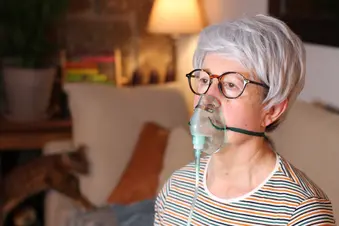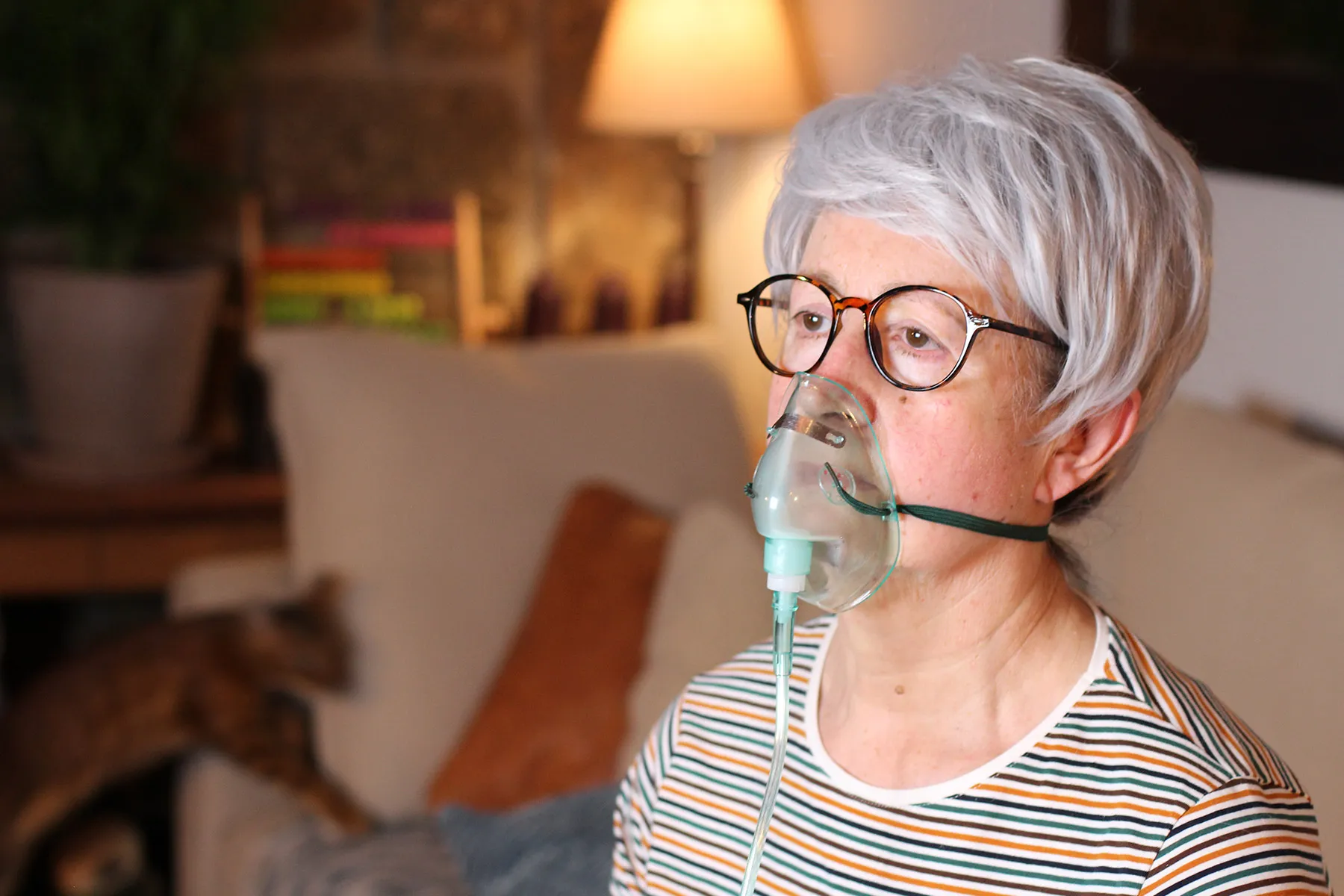
True or false: Most children get RSV.
- True
- False
Besides very young children, the age group at highest risk of severe RSV is adults who are:
- 25-40
- 40-55
- Over 65
If you have RSV, you are commonly most contagious for
- 48 hours
- 3-7 days
- 4 weeks
True or false: Once you get RSV, you can’t get it again.
- True
- False
True or false: Doctors treat RSV with antibiotics.
- True
- False
A common complication of RSV is:
- Blindness
- Pneumonia
- Diabetes
True or false: RSV is a seasonal illness.
- True
- False
True or false: RSV has no cure.
- True
- False
You can get RSV
- Through the air
- By touching a surface
- Both
True or false: There is no vaccine for RSV.
- True
- False
